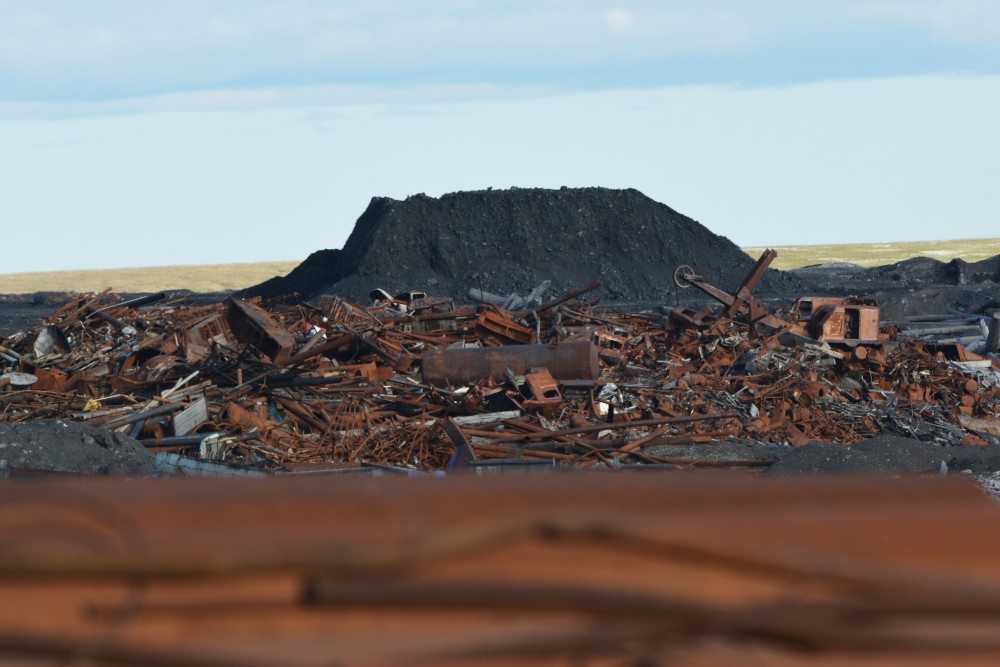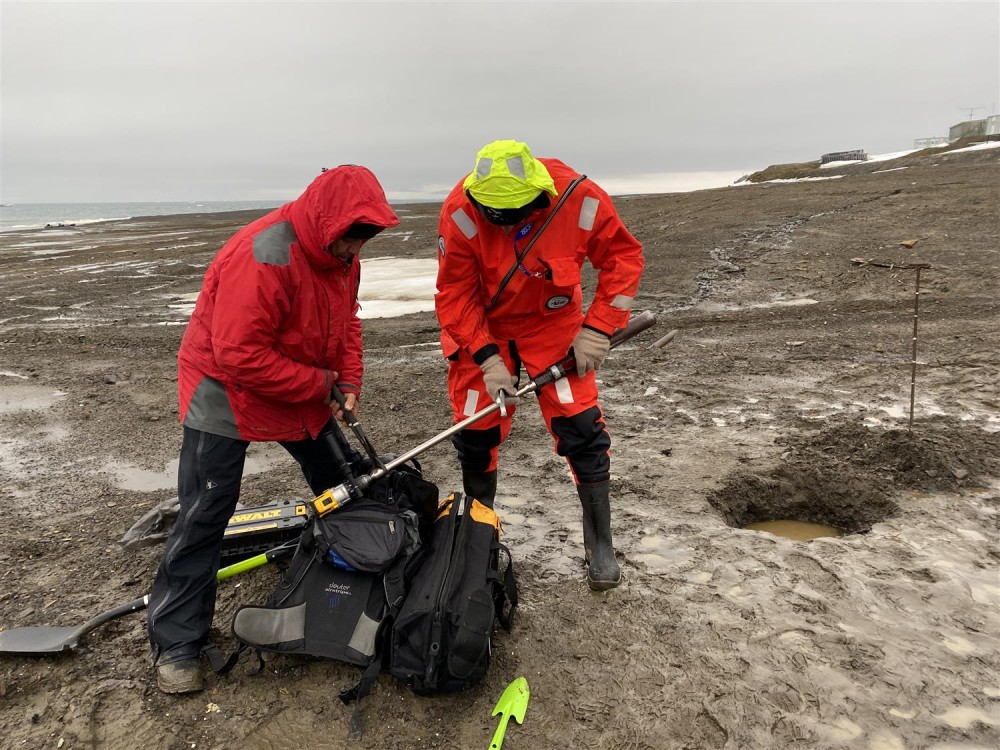Adrian Humphreys - Friday
A former talk show host is suing Bell Media Inc. claiming he was fired as the media conglomerate’s only full-time Black talk radio host because his views didn’t match a stereotype the company expected from a Black man.

Conservative commentator Jamil Jivani in 2020.© Provided by National Post
Jamil Jivani was dropped from the airwaves of Bell’s iHeartRadio network and fired in January. He claims it became clear he was hired as tokenism and fired as wokeism.
“There was an expectation that because he’s Black he should have been saying and doing certain things — because in Bell’s mind he was checking this token box, and when they realized they weren’t getting the kind of Black man they wanted, that’s when he was out the door,” said Jivani’s lawyer, Kathryn Marshall, a partner at Levitt Sheikh.
“They really wanted him to espouse a certain liberal worldview they thought he should be espousing as a member of the Black community.”
Jivani filed a lawsuit Thursday claiming breach of contract and wrongful dismissal.
The company denies the allegations.
“Bell Media does not comment on matters before the court. However, we can confirm that we will be defending ourselves against these false claims,” a Bell Media spokesperson told National Post.
Jivani, 34, of Oshawa, Ont., is a lawyer and author known for conservative views. He is a regular contributing columnist for Postmedia, including National Post.
His daily show on Newstalk 1010 in Toronto and other stations in the Bell radio network launched at the start of Black History Month in 2021, amid racial protest over the police killing of George Floyd. His show highlighted his experience and connections in the Black community.
“As news stories around Black Lives Matter and other racial issues faded from the news, Bell no longer had the same use for a Black employee. Tensions increased from Bell management when the Plaintiff would share his perspectives, views and beliefs,” he alleges in his statement of claim.
“It became clear that Bell had a rigid but unspoken vision for how Black people should fit into the company. Bell wanted the Plaintiff to be a token beholden to the company’s identity politics,” he alleges.
Jivani first appeared on Bell radio shows as a periodic guest before he hosted a show focusing on Black Lives Matter, on a trial basis in 2020, and as a fill-in host that same summer, his statement of claim says.
The next year he became full-time staff with a daily 7 to 10 p.m. show on Newstalk 1010 and several stations in Bell’s network.
“His first guests included the first Black Attorney General, Kaycee Madu, and the first Black championship CFL coach, Michael Pinball Clemons,” his statement of claim says.
“The plaintiff was excited to join one of Canada’s largest media companies and to share his views and perspectives, not just as a member of the Black community, but as a free-thinker and activist. Bell was excited to have the plaintiff on its programming, as he was a member of a racialized community and it was beneficial to them for both optics and content.
“Little did the Plaintiff know, Bell expected the Plaintiff to espouse only certain kinds of views — ones that fit a stereotype that Bell thought a member of the Black community should conform to,” he claims.
Jivani’s lawsuit alleges he was pressured by management to record a radio segment denouncing Canada as a racist country in the lead up to Canada Day. He declined.
“Bell was disappointed by his refusal to espouse a specific set of social and political views, and the company was disappointed that he did not fit the mold of a Black stereotype that they had expected him to,” his claim says.
He said his show included diverse voices including academics, authors, comedians, journalists, and athletes, including Toronto Raptors basketball star Fred VanVleet. Several guests were Black conservative commentators.
In late 2021, a manager told him there had been “complaints and concerns” about his show’s “divisive and contrarian topics,” his claim says. A note from a manager read: “I want to be sure we are reflecting the company’s strong commitment to Diversity and Inclusion, and that we are building passion in our audience and growing our ratings.”
A meeting was scheduled for the new year. When the meeting arrived, however, the agenda seemed to have shrunk.
He was told he was terminated as part of organizational changes; the manager then hung up, leaving him on the call with a human resources consultant, he claims.
Marshall called it “outrageous” that white media executives used diversity as a wedge to fire their only Black radio host.
Jivani’s claim seeks compensation of $42,500, the amount he was expecting to be paid over six months, additional damages of $500,000, and a declaration Bell Media breached its duty of good faith and honesty.
Bell Media calls itself “Canada’s leading content creation company” and “Canada’s largest radio broadcaster.” The company owns CTV and more than two dozen speciality TV channels.
The company’s personnel decisions have made headlines recently over its sudden and secret firing of Lisa LaFlamme, the CTV news anchor, which was greeted with anger and dismay.
LaFlamme’s messy termination prompted a wave of complaints from inside and outside the company and sparked international condemnation of perceived sexism and ageism. Her decision to allow her hair to grow out grey during the pandemic prior to her firing seized public attention.
In June, Danielle Graham, the former host of CTV’s flagship entertainment show, eTalk, sued Bell Media .
Graham claimed she was fired in retaliation for challenging gender discrimination against women at the company where she was skipped over for promotion, paid less, given fewer perks but more requests for free work than male colleagues.
Bell to conduct independent review of CTV newsroom after Lisa LaFlamme ousted












